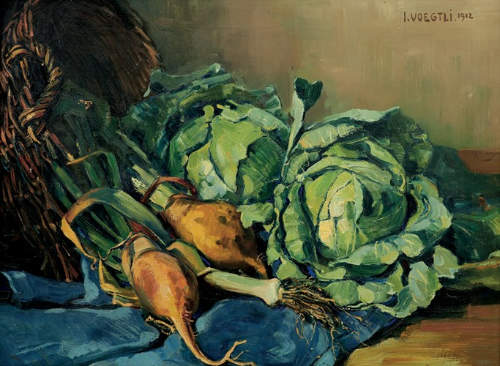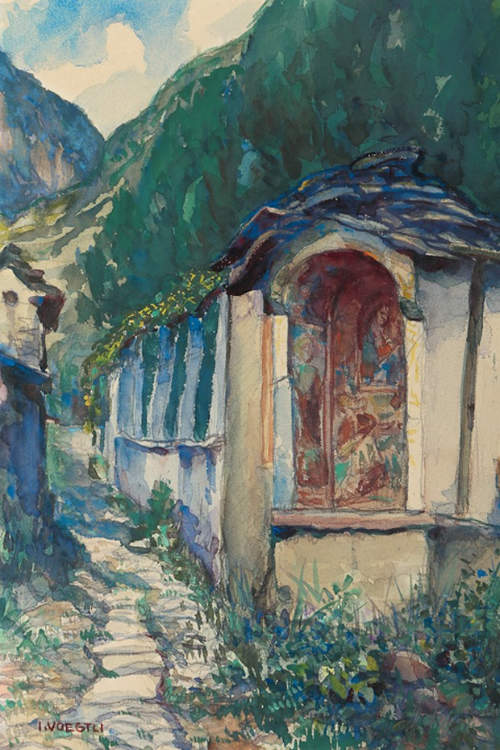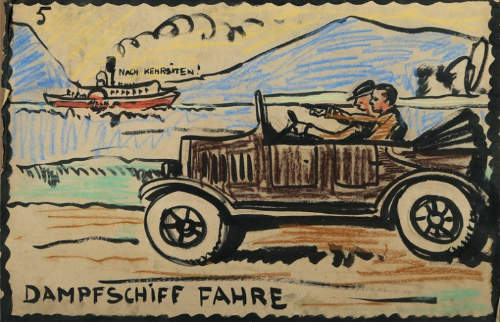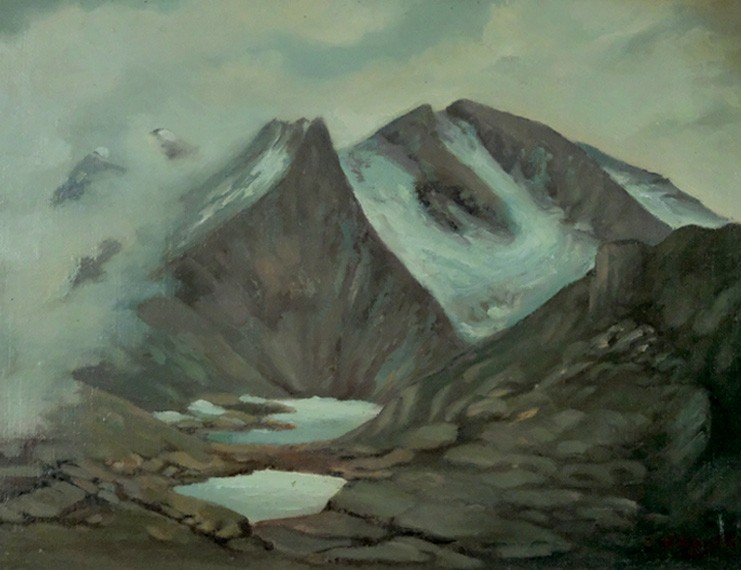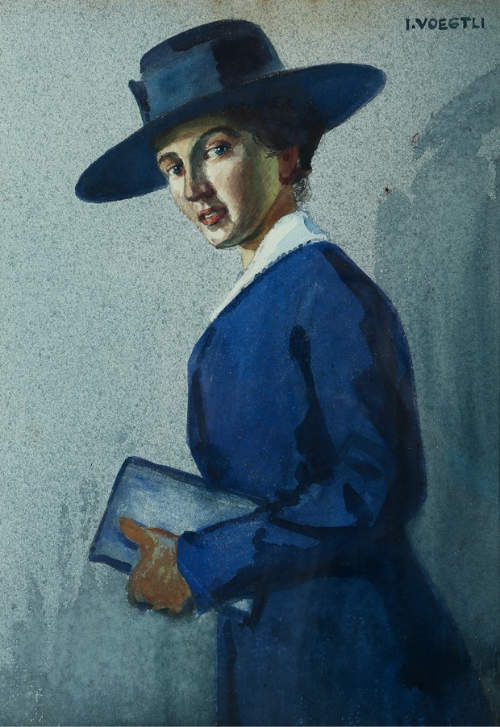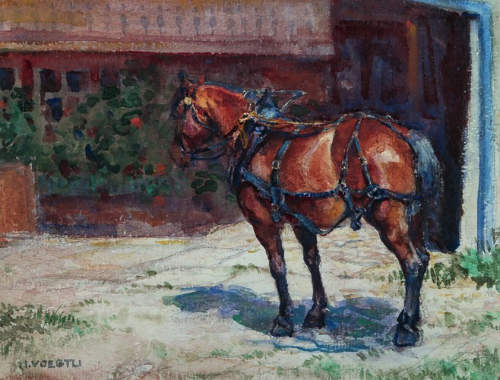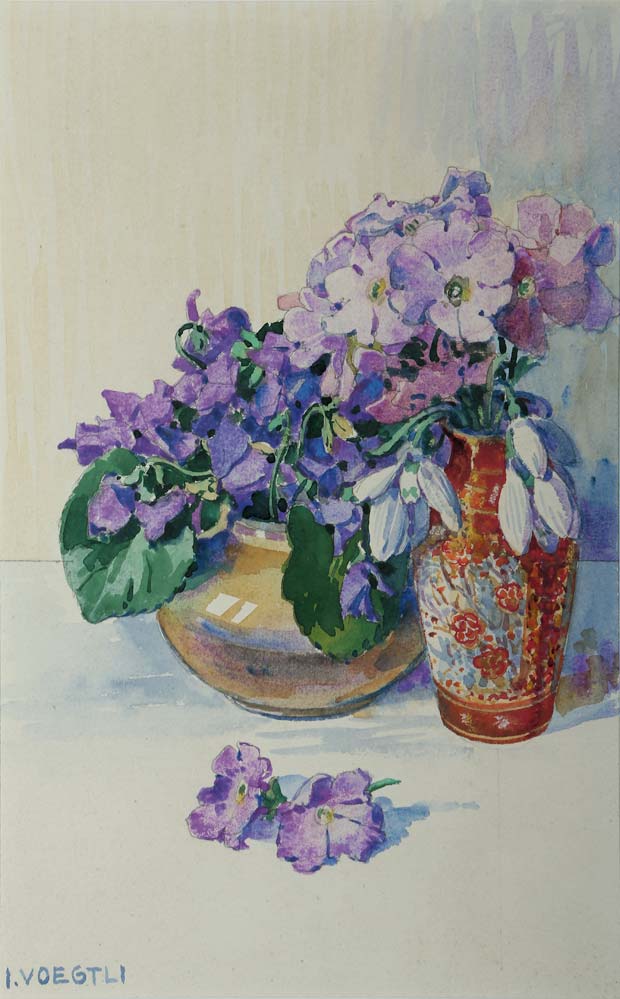
JULIUS VOEGTLI (1879 - 1944)
A Swiss Impressionist Pioneer
The necessity to rewrite the art history of a region or an era based on new findings is a frequent occurrence in historical art research. For example, when works by forgotten masters from the transitional period between the late Middle Ages and the early Renaissance are rediscovered on Burgundian altars. Now there is reason to supplement and correct the art historiography for the second half of the 19th century for a country located in the center of Europe: Switzerland. It is an important addition that not only astonishes the experts. Obviously, the reception of Swiss artists was for decades limited to the ‘three magicians’: Füssli, Hodler, and Böcklin, and marginally, to the folkloristic alpine painting. Therefore, important artists who could not be so easily pigeonholed were simply overlooked. Julius Voegtli, to whom this bibliophile-designed monograph of his artistic oeuvre is dedicated, was neither a surrealist nor an alpinist. As a painter, he was a pioneer of impressionism. It was a style that should not have existed according to the ascribed guidelines of the relevant art judges in Switzerland at the time. It is to the credit of Julius Voegtli’s grandson, the entrepreneur Hans Vögtli, and the head of the Hamburg, Shanghai, Beijing, and Chongqing-based Pashmin Art Consortia, Nour Nouri, and his experienced staff that this hidden treasure has been rediscovered. Nearly three-quarters of a century after the artist’s death, it is now accessible to the global art world.
News and Outlook

An overview of his creative work
A feast for the eyes
Cannot be defined by a school, a fashion, or a trend.
Inimitable and unique in the truest sense.
